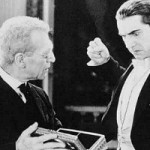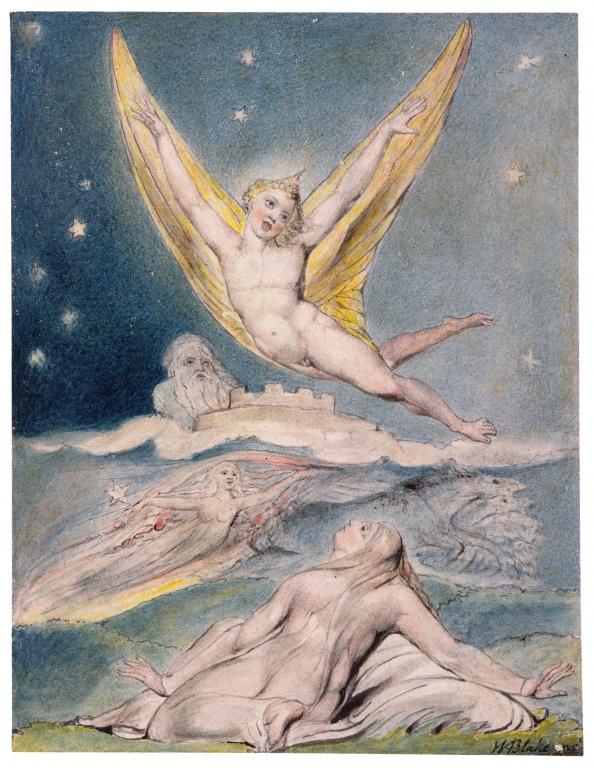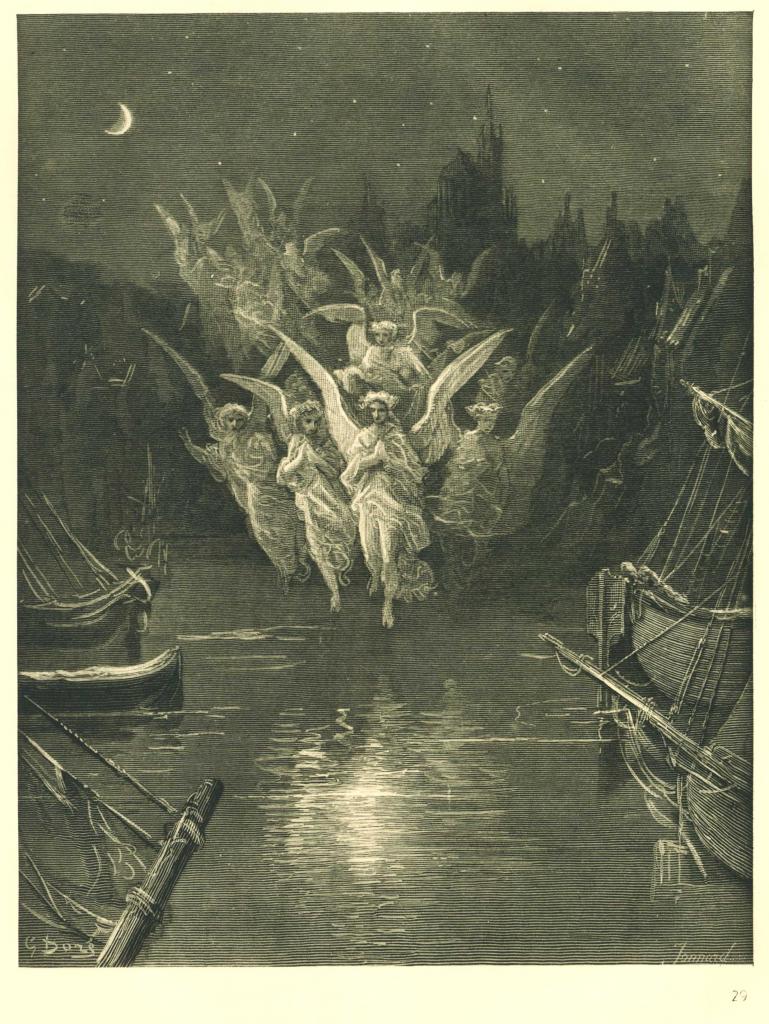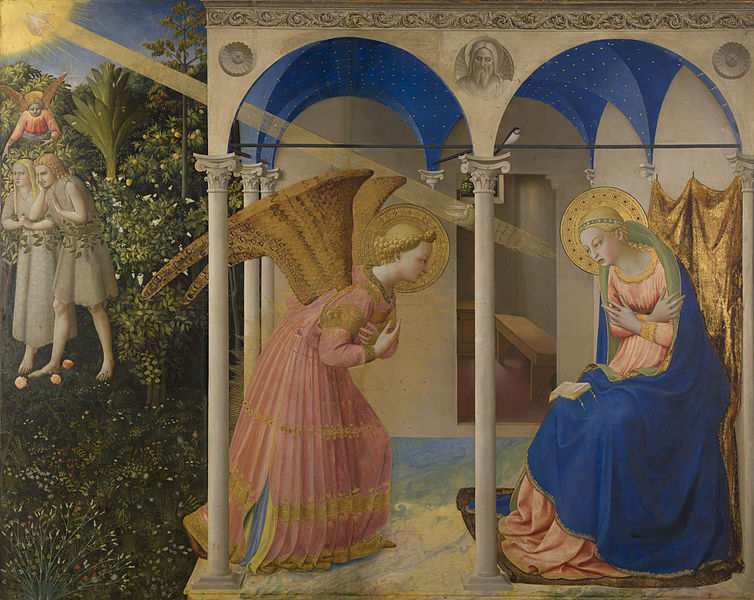David Russell Mosley
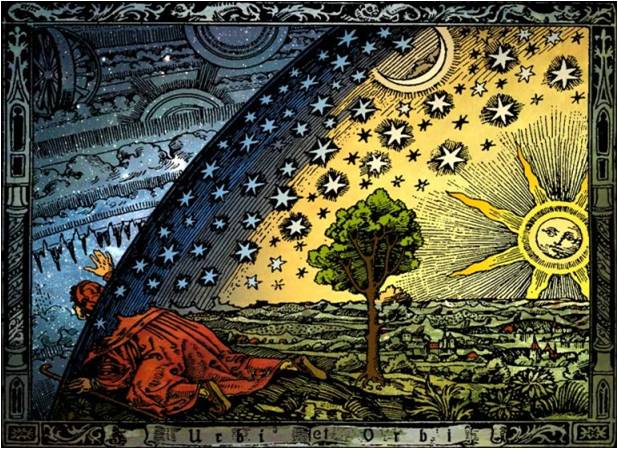
Author Heikenwaelder Hugo, Austria, Email : [email protected], www.heikenwaelder.at, CC BY-SA 2.5
Ordinary Time
Feast of St. Luke
The Edge of Elfland
Hudson, New Hampshire
Dear Readers,
A few weeks ago I introduced my kids to one of my favorite kids’ movies, Wallace and Gromit: Curse of the Were-Rabbit, or, as my kids call it, Giant Rabbit. Of course, as I’ve mentioned before, one of the reasons I love this film is because of its quintessential Britishness. I mean honestly, first of all, what’s more more British than Wallace and Gromit, aside perhaps from a film that centers around an annual vegetable contest. Second, of course, is the fact that this was the first movie my wife and I saw together before we were even dating. But the third reason, and the reason I want to write about today, is the role the priest plays in this movie.
The priest, Rev. Clement Hedges, is really a rather hysterical figure. Whether he’s blessing his aubergines (eggplants to my fellow Yanks) with holy water, trying to hide his subscription to Nun Wrestling Magazine, or making puns, there’s no doubt he’s played for laughs and effectively so. And yet, he’s also something of a moral voice in the film. When we’re first introduced to the were-rabbit, though before we actually see it, the good reverend is placing some carrots on the altar in the church alongside plenty of other veg. He initially believes the were-rabbit is a hungry person and offers it food from the table since it is for the needy. Later, as the villain, Victor Quartermain is leaving the priest’s vicarage after learning how to kill the beast, the priest calls out after him, “Beware the beast within!” Here, rather unexpectedly, the priest calls out to the film’s villain not to beware the were-rabbit, but to beware his own animality, the animality that drives the villain to desire to kill the beast, despite knowing that it is human, and not simply an overlarge rabbit.
I have to admit, however, that my favorite aspect of the Rev. Hedges is that he is the repository of the arcana. He’s the first to name the beast a were-rabbit. We later learn that he has a whole book full of information about monsters (including bigfoot and the Loch Ness Monster). When Victor Quartermain asks how to kill the beast, the good priest opens a large cabinet to reveal all sorts of mysterious objects including rune stones, garlic, and of course, three solid-gold bullets for killing the were-rabbit (you know, 24 karats). While the priest’s little arcane hoard smacks strongly of the occult, there is something rather natural, I think, in associating the faith, and the clergy in particular, with the mysterious, the “supernatural,” the “paranormal.” After all, these are people who have dedicated themselves to God in a special way, a way the rest of us have not. I have run into many clergy (in various denominations) who desire that there be no evident difference between themselves and their parishioners. I understand the impetus. After all, it leads many to believe that the priest or parson or preacher or pastor (or other non-p words for clergy) are the ones who are there to “do” Christianity and the rest of us are just meant to “believe” it. This is, of course, entirely wrongheaded. Nevertheless, I do not think the answer is for our clergy to act as though there is no difference between them and us. There is. They have been ordained, set aside to do ministry in a very particular way that the rest of us have not (though this does not excuse from performing our faith as well).
This brings me back to Rev. Hedges. The Curse of the Were-Rabbit is able to do something wonderful. Rev. Hedges is just like the rest of us. He wants to win the village vegetable competition, he makes puns, and is quite ridiculous. And yet, he is the keeper of arcane mysteries, mysteries most of us never have need of fully understanding (like how to get rid of a were-rabbit). He keeps the faith weird as my friends over at Sick Pilgrim are fond of saying. Do not our own clergy see over the sacraments, mediations of God’s grace that neither we (nor often they) can fully understand and yet it is their job to bring them to us? After all, to me, the were-rabbit seems far more likely than some of the things we Christians believe in, and yet we believe in them and not (perhaps) in the were-rabbit. So, let’s raise a glass to Rev. Hedges who reminds us that Christianity is keeper of things far stranger and far truer than were-rabbits.
Sincerely,
David


